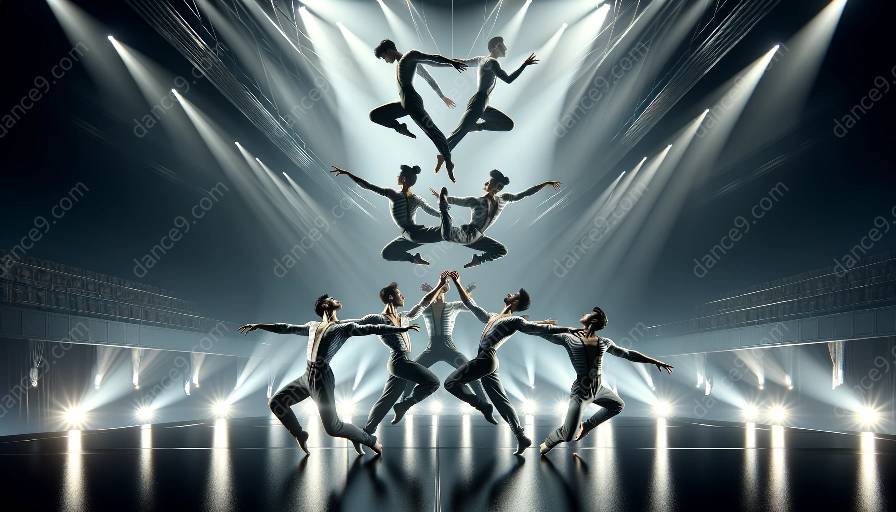Have you ever wondered about the psychology behind the breathtaking acrobatic and dance performances that captivate our senses? This article aims to delve into the intricate mental and emotional processes that contribute to the mesmerizing displays of acrobatic and dance performances.
Understanding the human mind and its impact on acrobatic and dance performance is an intriguing journey that can shed light on the mental fortitude, emotional expression, and cognitive processes involved in these art forms.
The Role of Psychology in Acrobatic and Dance Performance
Emotional Regulation and Expression
One of the essential aspects of acrobatic and dance performances is the ability to channel and express emotions effectively. Psychologically, performers rely on emotional regulation to convey a wide range of feelings, from joy and passion to sorrow and anguish, through their movements and expressions. This emotional authenticity is key to connecting with audiences on a profound level.
Cognitive Focus and Control
Acrobatic and dance performances demand a high level of cognitive focus and control. The intricate choreography, precise timing, and spatial awareness require performers to maintain intense concentration. Understanding the cognitive processes that enable this level of focus can lead to valuable insights for both performers and instructors.
Self-Confidence and Performance Anxiety
The psychology of acrobatic and dance performance also involves examining the role of self-confidence and managing performance anxiety. Performers must navigate feelings of self-doubt and anxiety, and understanding these psychological factors can help in developing strategies to build confidence and overcome performance-related stress.
Enhancing Dance Classes through Psychological Insights
For dance instructors, integrating psychological insights into their teaching methodologies can have a profound impact on the growth and development of their students. By understanding the psychological underpinnings of acrobatic and dance performance, instructors can tailor their classes to nurture emotional expression, cognitive resilience, and self-confidence in their students.
Emotional Intelligence Training
Dance classes can incorporate emotional intelligence training to help students connect with their emotions and learn how to express them through movement. By creating a supportive environment that encourages emotional authenticity, instructors can foster a deeper connection between their students and the art of dance.
Mindfulness and Concentration Exercises
Introducing mindfulness and concentration exercises in dance classes can assist students in honing their cognitive focus and control. By nurturing a mindful approach to movement, instructors can empower their students to perform with precision and clarity, elevating the overall quality of their dance performances.
Improving Acrobatic and Dance Performance through Psychological Strategies
From a performer's perspective, leveraging psychological strategies can significantly enhance acrobatic and dance performances, ultimately elevating the art form. By integrating mental preparation, emotional regulation techniques, and performance psychology principles, individuals can refine their skills and achieve peak performance levels.
Visualization and Mental Rehearsal
Utilizing visualization and mental rehearsal techniques can aid performers in mentally preparing for their routines. By vividly imagining their movements and sequences, performers can enhance their muscle memory and create a strong mind-body connection, leading to more compelling performances.
Stress Management and Performance Anxiety Techniques
Developing stress management and performance anxiety techniques is crucial for performers aiming to deliver consistent and outstanding acrobatic and dance performances. Implementing breathing exercises, positive self-talk, and relaxation techniques can help performers manage anxiety and perform at their best.
Conclusion
In conclusion, the psychology of acrobatic and dance performance unveils the fascinating interplay between the mind, emotions, and physical expression. Whether you are an aspiring performer, an instructor, or a dance enthusiast, understanding the psychological dimensions of these art forms can enrich your experience and unlock new levels of artistry. By delving into the psychology behind acrobatic and dance performance, we gain a deeper appreciation for the resilience, creativity, and emotional depth that shape these captivating forms of expression.













































































